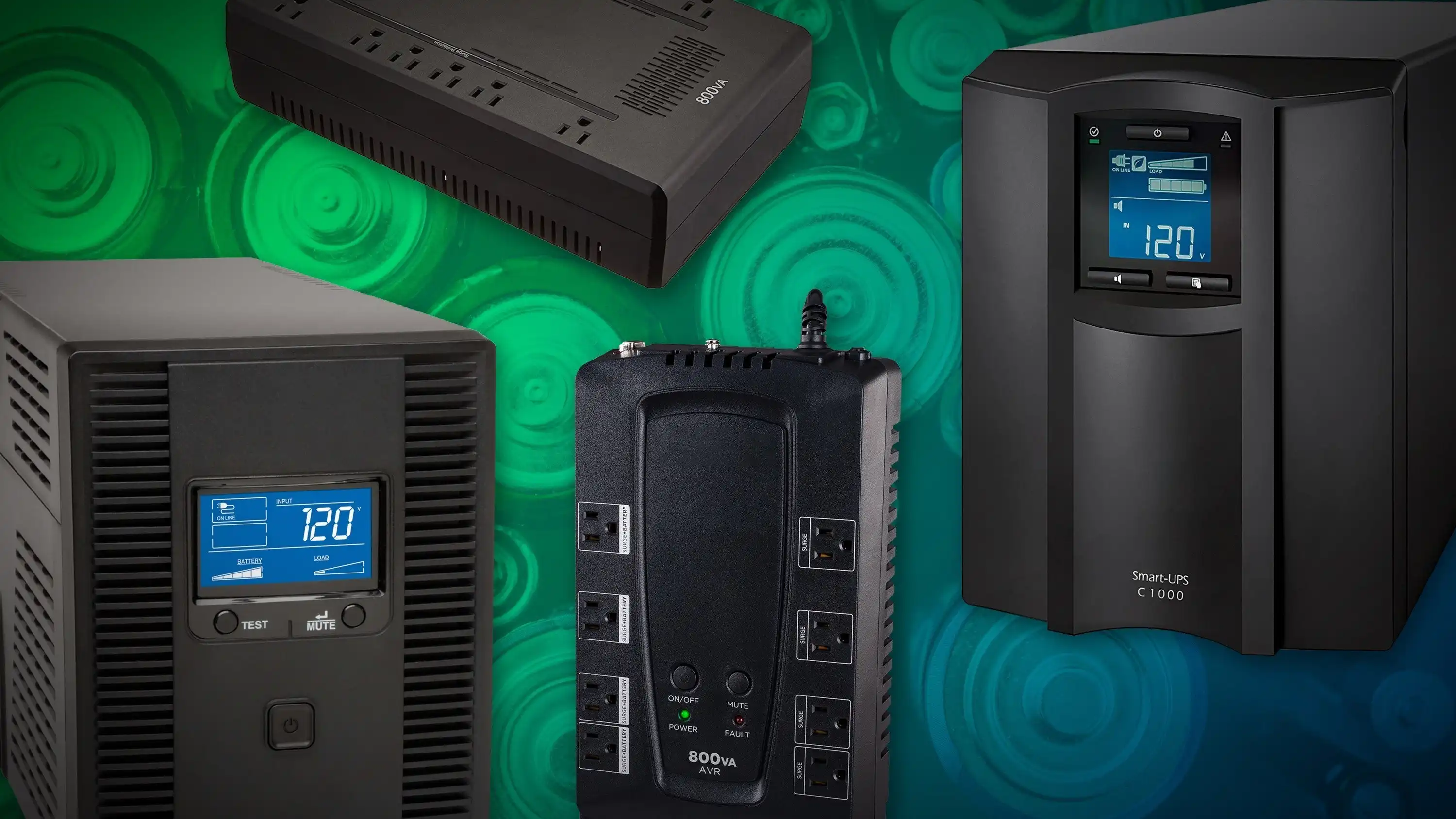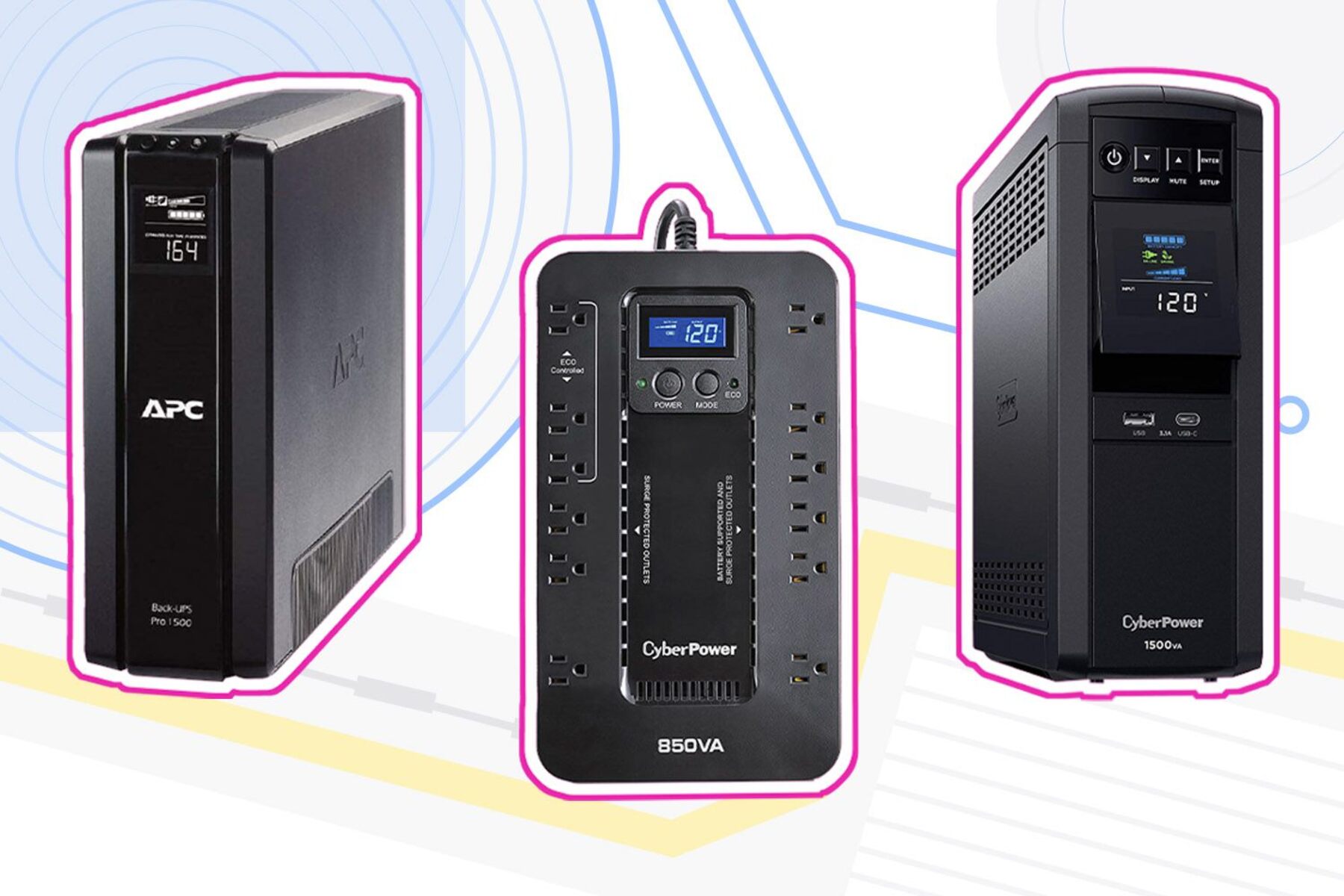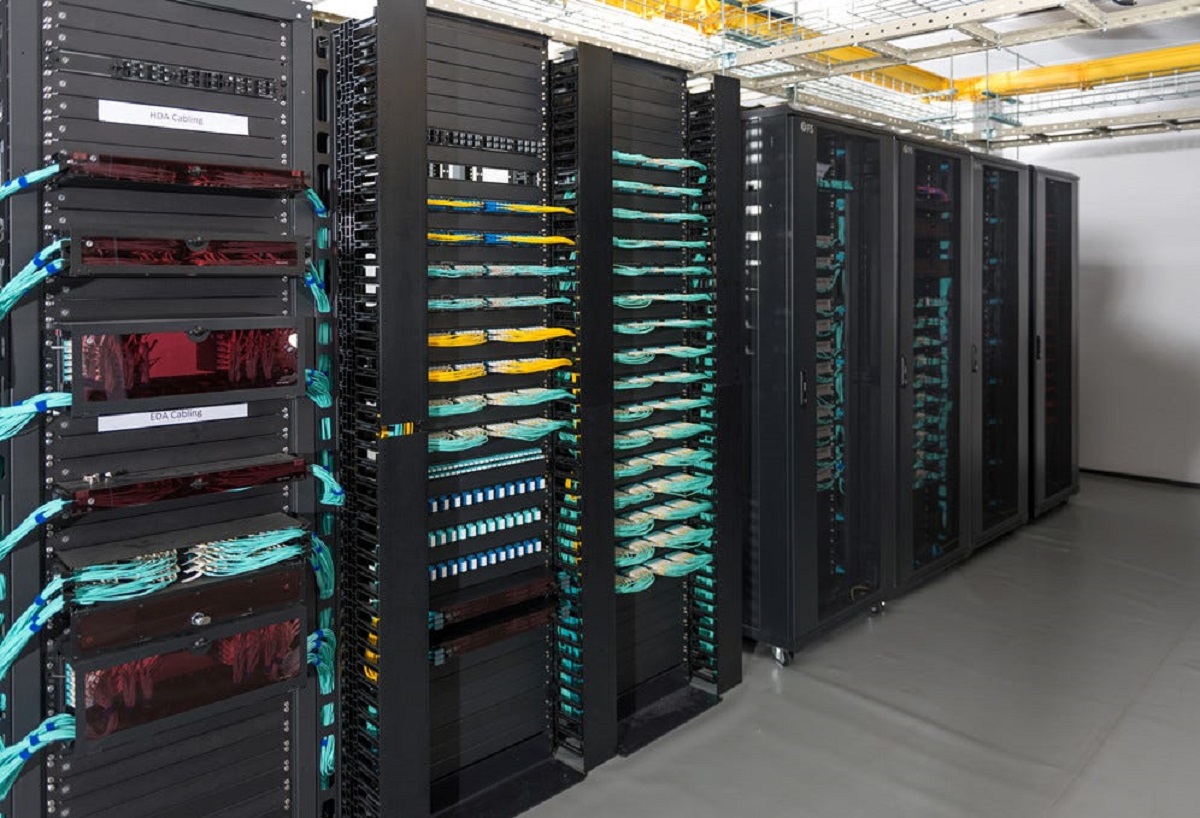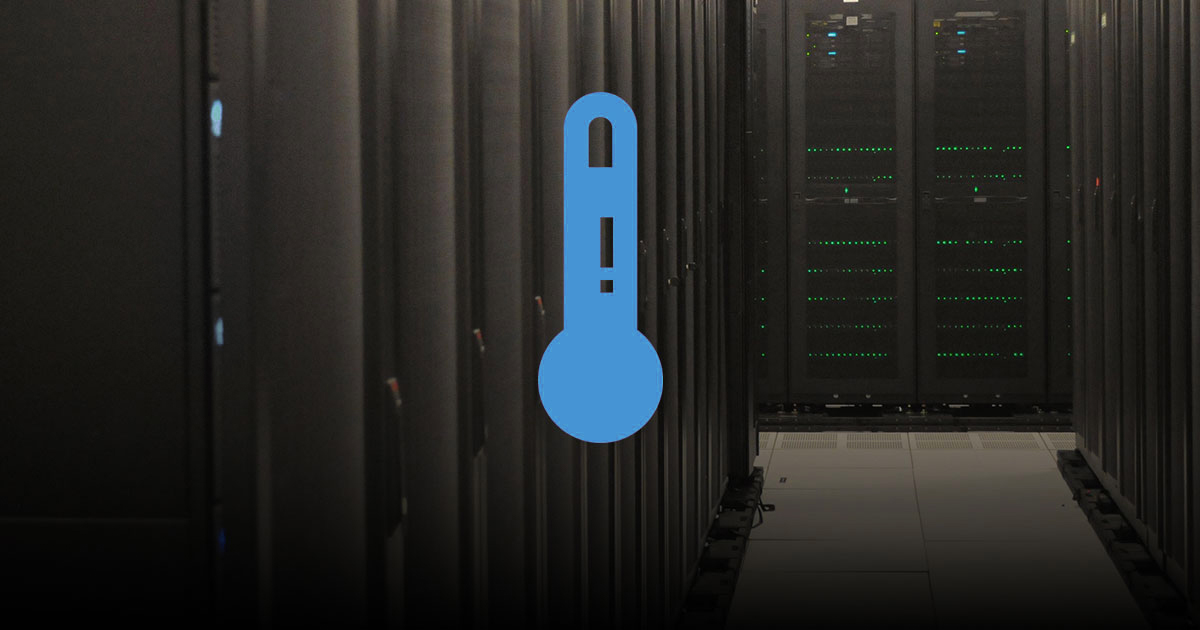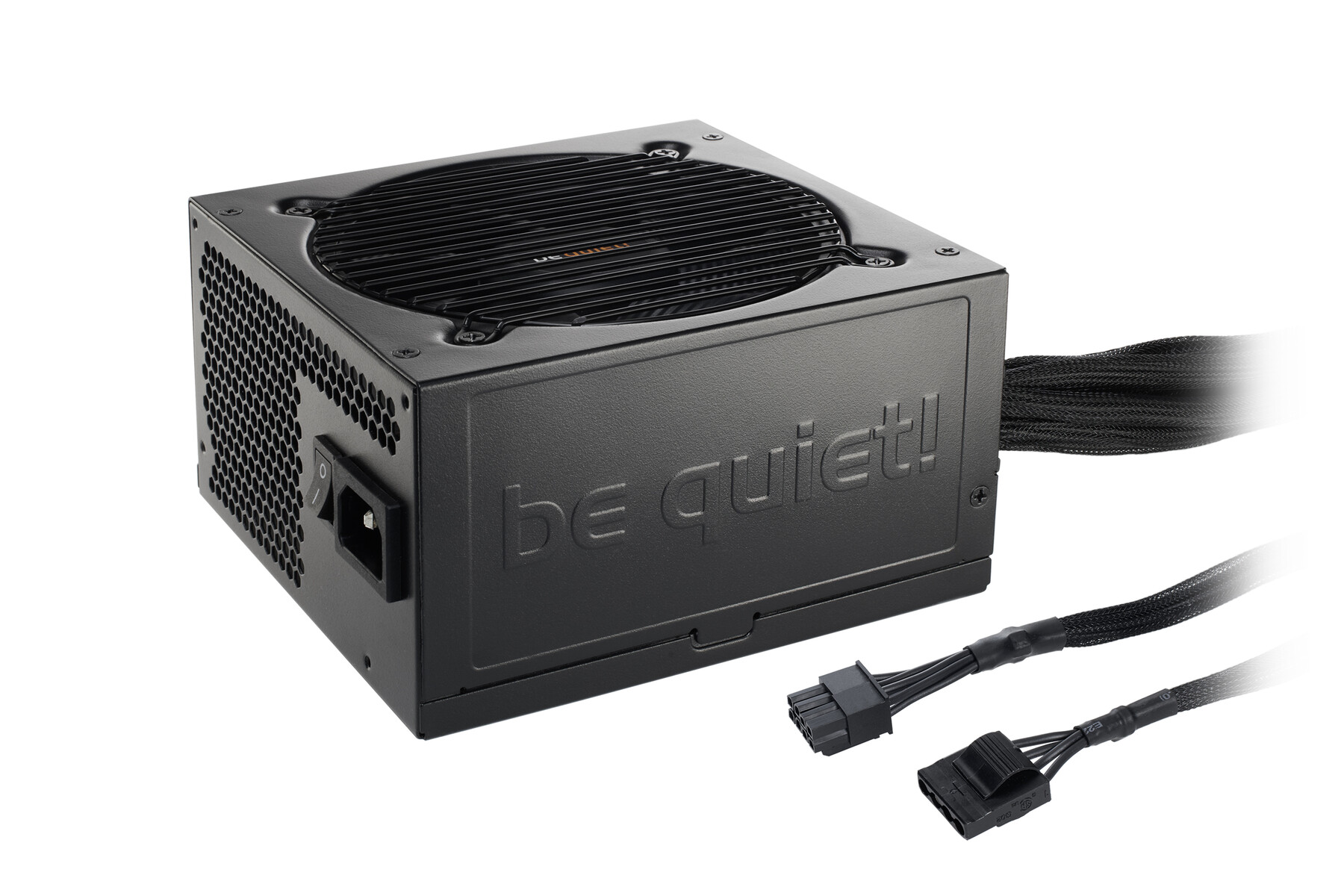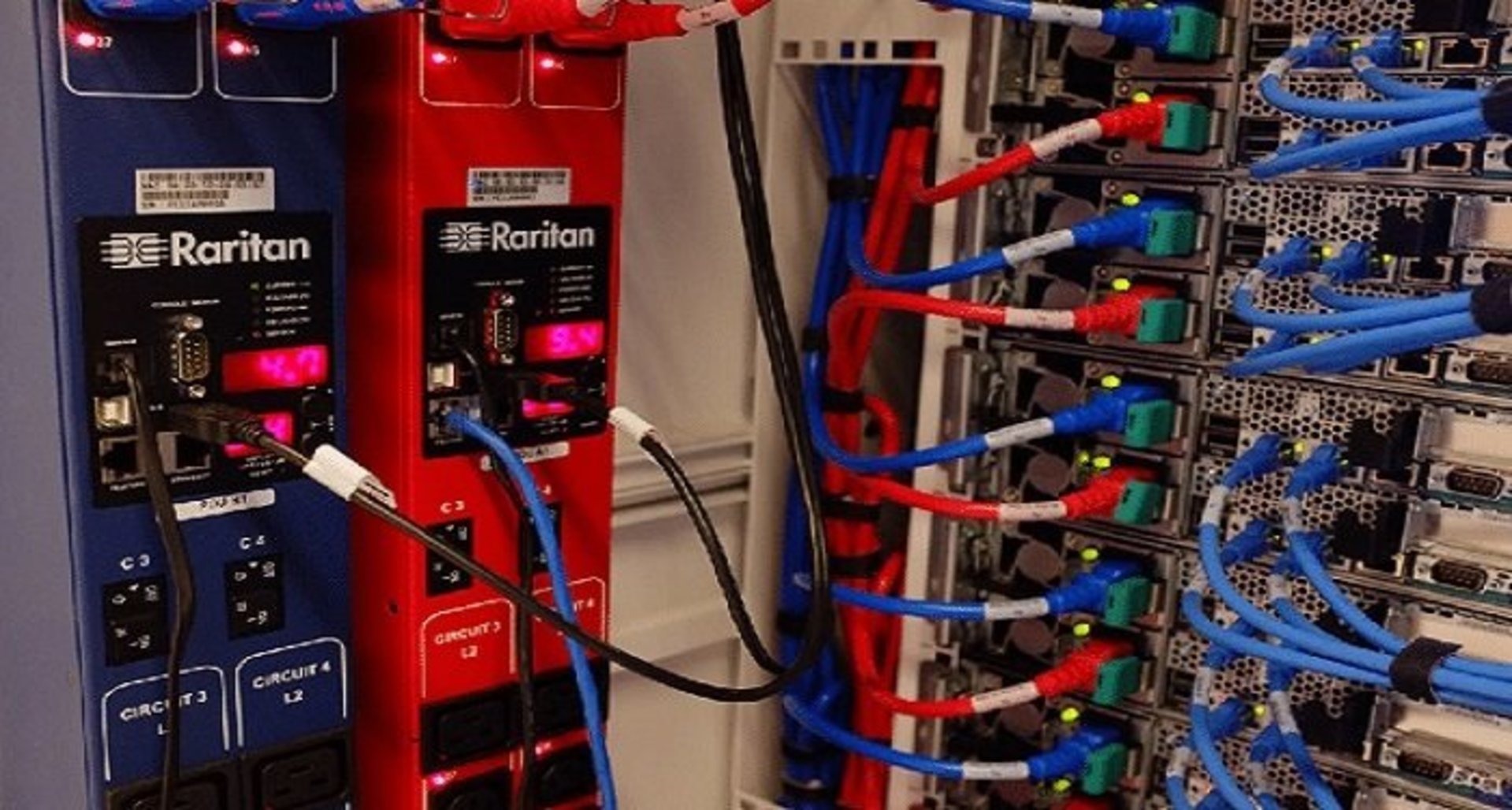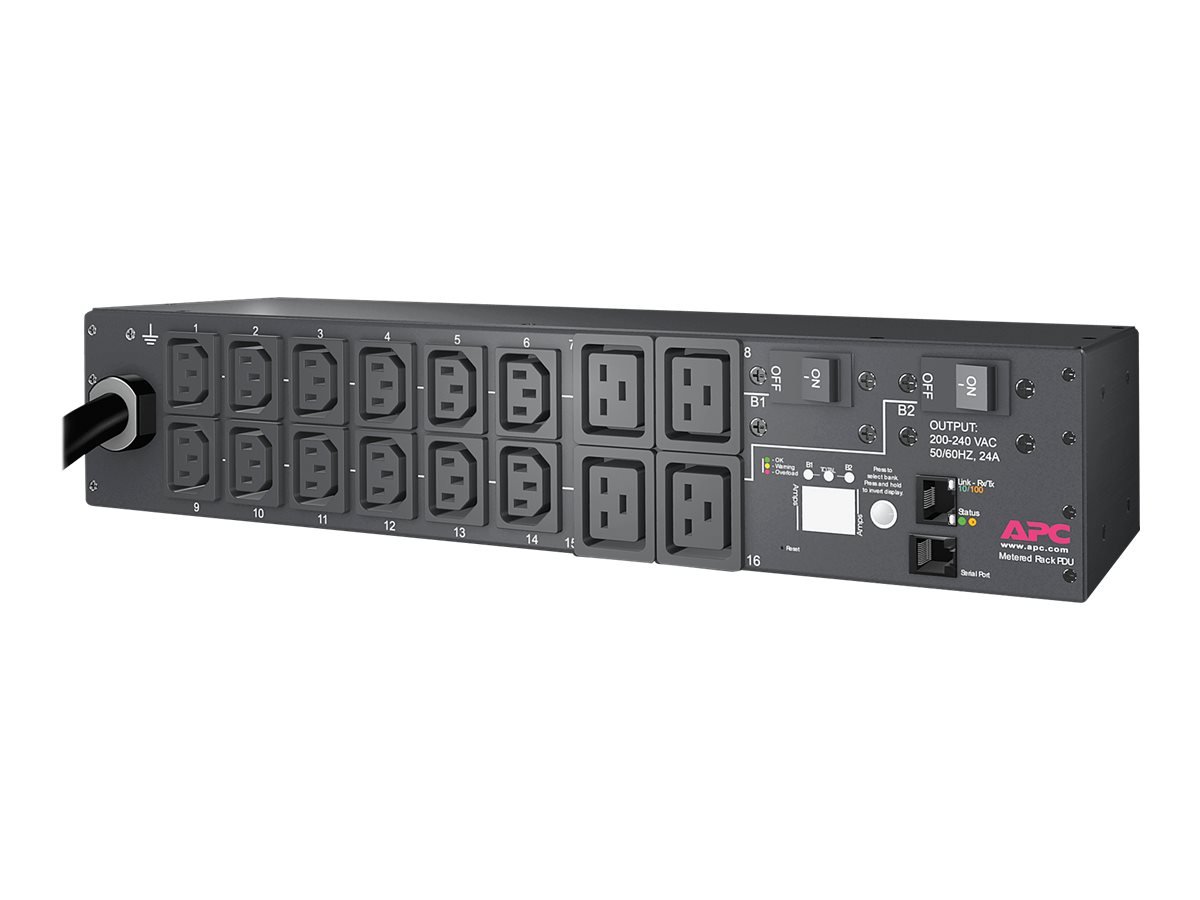Introduction
When it comes to ensuring the continuous operation of a server rack, having an efficient and reliable backup power solution is crucial. Power outages or fluctuations can not only lead to downtime but also pose a serious risk to data integrity and system performance. To address these concerns, it is essential to determine the appropriate battery backup capacity for your server rack.
Understanding the power consumption of your servers is the first step in estimating the required battery backup. Servers vary in their power demands, with factors such as processor types, memory capacity, storage devices, and network connectivity all influencing power usage. By gaining a better understanding of your servers’ power requirements, you can make informed decisions regarding the size and capacity of the battery backup.
Once the power consumption is estimated, the next consideration is determining the desired runtime during a power outage. This is important to ensure that critical operations can be sustained until primary power is restored or alternative measures are taken. The runtime requirement varies depending on the specific needs of your servers and the criticality of the systems they support.
Different types of uninterruptible power supply (UPS) systems are available to cater to various power backup needs. They range from smaller standby UPS units to larger online UPS systems. Understanding the differences between these types is essential as it will impact the efficiency, reliability, and cost-effectiveness of your backup solution.
Calculating the required wattage for your battery backup involves considering the power consumption of your servers and any additional devices connected to the server rack. Properly sizing the battery backup according to these wattage requirements is crucial to ensure sufficient power supply during emergencies.
There are several factors to consider when determining the appropriate battery backup capacity for your server rack. These include the number and type of servers, the expected growth of the IT infrastructure, redundancy requirements, and the availability of alternate power sources. Assessing these factors will help you make an informed decision and avoid undersizing or oversizing the battery backup.
In this article, we will delve deeper into the various aspects of determining the wattage requirements and sizing the battery backup for a server rack. By understanding these concepts, you will be able to make an informed decision on the appropriate battery backup capacity that ensures the reliable operation of your server infrastructure.
Understanding Power Consumption of Servers
Power consumption is a critical factor to consider when determining the battery backup requirements for your server rack. By understanding the power needs of your servers, you can accurately estimate the amount of backup power necessary to keep them operational during power outages.
Servers consume power in various ways, with the primary contributors being the processors, memory modules, storage devices (such as hard drives and SSDs), and network interfaces. Additionally, power is required for cooling systems, fans, and other components. The power consumption of servers can vary greatly depending on their configuration, usage, and workload.
When assessing power consumption, it is essential to consider both idle and peak loads. Idle power consumption refers to the power consumed when the server is running but not actively processing tasks. Peak power consumption, on the other hand, occurs when the server is operating at maximum capacity, such as during resource-intensive tasks or heavy workloads.
Server vendors typically provide power specifications for their devices, including the maximum power consumption and the idle power usage. These specifications are essential for estimating the power requirements of your servers. It is important to note that power consumption can vary depending on the specific model, so it is advisable to consult the vendor’s documentation or contact them directly for accurate and up-to-date information.
When calculating the power consumption of your servers, it is also crucial to consider external devices that are connected to the server rack. These devices may include switches, routers, firewalls, and storage arrays. Each of these devices has its own power consumption, which needs to be accounted for when estimating the overall power requirements.
It is worth mentioning that server power consumption can be significantly reduced by implementing power-saving features, such as power management settings and energy-efficient hardware components. These measures not only help reduce energy costs but also contribute to a greener and more sustainable IT infrastructure.
By gaining a comprehensive understanding of the power consumption of your servers, including both idle and peak loads, you can estimate the power requirements more accurately. This knowledge will serve as a foundation for determining the appropriate battery backup capacity for your server rack and ensuring uninterrupted operations during power outages.
Estimating Power Requirements
Estimating the power requirements of your server rack is crucial in determining the appropriate battery backup capacity. By accurately estimating the power needs, you can ensure that the battery backup is capable of providing sufficient power during an outage.
One of the primary factors to consider when estimating power requirements is the number of servers in your rack. Each server has its own power consumption, which can vary depending on factors such as the processor type, memory capacity, and storage devices. It is essential to gather information about the power specifications of each server to calculate the total power consumption.
In addition to the servers, you must also account for other devices that are connected to the server rack, such as switches, routers, and storage arrays. These devices consume power and need to be included in the overall power estimation.
When estimating power requirements, it is important to consider both the idle power consumption and the peak power consumption. Idle power refers to the power consumed when the servers are running but not actively processing tasks. Peak power, on the other hand, occurs when the servers are operating at maximum capacity or during resource-intensive workloads.
To accurately estimate power requirements, it is recommended to consult the power specifications provided by the server and device manufacturers. These specifications typically include information about the maximum power consumption and idle power consumption of each device.
Another important aspect to consider is the future growth of your IT infrastructure. If you anticipate adding more servers or devices to your rack in the near future, it is advisable to account for this growth when estimating power requirements. This will ensure that the battery backup capacity is capable of accommodating the future expansion.
Furthermore, it is beneficial to consult with an electrical engineer or an IT professional with experience in power management. They can provide valuable insights and help you accurately estimate the power requirements based on your specific server and device configurations.
By carefully estimating the power requirements of your server rack, including the servers and connected devices, considering both idle and peak power consumption, and accounting for future growth, you can determine the appropriate battery backup capacity. This estimation will serve as a foundation for selecting a battery backup system that can provide reliable and uninterrupted power during an outage.
Determining Runtime Needs
When planning for battery backup solutions for your server rack, it is essential to determine the desired runtime during a power outage. The runtime refers to the duration for which the battery backup can sustain the power needs of your servers until primary power is restored or alternative measures are taken.
Runtime needs can vary depending on several factors, including the criticality of the systems supported by the servers and the availability of alternative power sources. Determining the appropriate runtime ensures that essential operations can be sustained without interruption, minimizing the impact of power outages.
One way to determine runtime needs is by considering the specific applications and services running on the servers. Identify the critical applications that need to remain operational during a power outage, such as database servers or other mission-critical systems. Evaluate the average and maximum time required to shut down or switch to alternative power sources for these applications.
Consider the availability of alternate power sources, such as backup generators or renewable energy systems, and their capacity to sustain the power needs of your servers. If you have a reliable backup power source, the runtime requirement may be lower since the primary power can be restored within a short period.
Another factor to consider is the time required to safely shut down the servers in the event of a prolonged power outage. Ensure that you have enough runtime to allow for a graceful shutdown of all systems to prevent data loss or hardware damage.
It is important to note that runtime is directly related to the battery capacity of the UPS system. As the capacity increases, the runtime also increases. However, increasing battery capacity significantly can be costly, so it is crucial to strike a balance between runtime needs and budget constraints.
Note that runtime is also affected by the load on the battery backup system. Higher loads may result in shorter runtimes. Therefore, it is advisable to assess the power consumption of your servers and devices during both idle and peak load conditions to determine the most accurate runtime needs.
Consulting with an IT professional or an experienced electrical engineer can be beneficial in assessing your specific runtime needs. They can provide valuable insights considering your server configurations, power requirements, and the criticality of your systems.
By carefully considering the critical systems, availability of alternate power sources, graceful shutdown requirements, and consulting with experts, you can determine the appropriate runtime needed for your battery backup system. This will ensure that your servers and essential operations remain operational during power outages, minimizing potential disruptions and data loss.
Types of UPS Systems
There are different types of uninterruptible power supply (UPS) systems available, each offering specific features and benefits. Understanding these UPS types will help you choose the most suitable option for your server rack’s battery backup needs.
1. Standby UPS: This is the most basic type of UPS system. It monitors the incoming power and switches to battery backup when it detects a power outage or voltage fluctuation. Standby UPS units are cost-effective and suitable for non-critical applications with short downtimes.
2. Line Interactive UPS: Line Interactive UPS systems, in addition to the features of standby UPS units, offer voltage regulation. This ensures a stable and consistent voltage output, protecting your servers from fluctuations. They are suitable for small to medium-sized server racks.
3. Online UPS: Online UPS systems provide the highest level of protection. They have a continuous flow of power running through the battery and inverter, ensuring a clean and uninterrupted power supply to your servers at all times. Online UPS units offer excellent protection against power fluctuations, electrical noise, and surges. They are suitable for critical applications where even a momentary power interruption could cause significant data loss or system failure.
4. Modular UPS: Modular UPS systems consist of multiple UPS modules that operate together, providing scalability, redundancy, and enhanced fault tolerance. This allows for easy expansion of the battery backup capacity as your server rack grows. Modular UPS units are ideal for large-scale data centers with high availability requirements.
5. Rack-mountable UPS: Rack-mountable UPS systems are designed specifically to fit into standard server racks. They save space by being installed directly within the rack, making them convenient for server rooms or data centers with limited floor space.
6. Tower UPS: Tower UPS systems resemble a traditional tower computer case and are suitable for small server setups or office environments. They can be placed on the floor or mounted on a rack, providing flexibility in installation.
When selecting a UPS system, consider factors such as the power capacity, scalability, runtime, efficiency, and management features offered by each type. It is also important to evaluate the specific needs of your server rack in terms of criticality, power consumption, and future growth.
By understanding the different types of UPS systems and their capabilities, you can choose the most appropriate option to provide reliable and uninterrupted power backup for your server rack, ensuring the continuous operation of your critical systems and reducing the risk of data loss or hardware damage.
Calculating Required Wattage
To accurately size the battery backup for your server rack, it is essential to calculate the required wattage. This calculation takes into account the power consumption of your servers, as well as any additional devices connected to the rack.
1. Determine the power consumption of each server: Start by gathering the power specifications for each server, including the maximum power consumption and idle power usage. Multiply the maximum power consumption by the number of servers to get the total power required for the server fleet.
2. Consider additional devices: Take into account any other devices that are connected to the server rack, such as switches, routers, and storage arrays. Determine their power consumption by referring to their power specifications or consulting the manufacturer’s documentation.
3. Calculate the total power consumption: Add up the power requirements of all the servers and connected devices to get the total power consumption. This will give you an estimate of the total wattage needed for the battery backup.
4. Consider efficiency and future growth: It is advisable to factor in the efficiency of the UPS system. UPS units are not 100% efficient, so a portion of the power drawn from the input is lost as heat. Multiply the total power consumption by the efficiency of the UPS to compensate for this loss. Additionally, if you anticipate future growth or additional devices, consider including a buffer for scalability.
5. Account for redundancy: If you require redundancy or fault tolerance in your server rack, where backup servers or redundant power supplies are used, add the power consumption of these redundant components to the total wattage calculation.
It’s important to note that power consumption can vary depending on the workload and usage patterns of the servers. Consider the peak power consumption during resource-intensive tasks or heavy workloads to ensure the battery backup system can handle the maximum power demands.
Consulting with an IT professional or an electrical engineer experienced in power management can be helpful in accurately calculating the required wattage for your server rack. They can assist you in understanding power specifications, considering efficiency factors, and accounting for future expansion or redundancy requirements.
By accurately calculating the required wattage, you can select a battery backup system that provides sufficient power to keep your servers and connected devices running during power outages, ensuring uninterrupted operations and data integrity.
Sizing the Battery Backup
Once you have determined the required wattage for your server rack, the next step is to size the battery backup accordingly. Sizing the battery backup involves considering factors such as the runtime requirements, battery capacity, and the type of UPS system being used.
1. Determine the desired runtime: Based on your specific needs and the criticality of your operations, determine the runtime you require during a power outage. This will influence the capacity of the battery backup. Keep in mind that longer runtimes generally require larger battery capacities.
2. Select the battery capacity: With the desired runtime in mind, choose a battery capacity that can support the required load. This capacity is typically measured in volt-ampere-hours (VAh) or ampere-hours (AH). Consulting the manufacturer’s specifications or working with an expert can help you determine the appropriate battery capacity for your needs.
3. Consider the type of UPS system: The type of UPS system being used can also impact the sizing of the battery backup. Standby and line interactive UPS units may have limited battery capacities compared to online UPS systems, which provide a continuous flow of power and typically have higher battery capacity options.
4. Accounting for efficiency: Remember to consider the efficiency of the UPS system when sizing the battery backup. UPS units are not 100% efficient, and some power is lost as heat. To compensate for this, you may need to increase the battery capacity to account for the efficiency factor and ensure the desired runtime can be achieved.
5. Redundancy considerations: If redundancy is a priority, where backup systems are in place to maintain continuous operations in case of a failure, it is important to factor in the additional battery capacity required to support the redundant components.
6. Evaluate space requirements: Consider the physical space available for the battery backup system. Rack-mountable UPS units and modular UPS systems offer space-saving options for server rooms or data centers with limited floor space.
It is essential to carefully assess your specific requirements, including the desired runtime, type of UPS system, efficiency factors, and any redundancy considerations. Consulting with experts who have experience with battery backup systems can be beneficial in ensuring accurate sizing and selecting the most appropriate solution for your server rack.
By properly sizing the battery backup, you can ensure that your server rack is equipped with a reliable power source during outages, allowing for uninterrupted operations and protecting against data loss or system damage.
Factors to Consider
When determining the appropriate battery backup for your server rack, several factors need to be taken into consideration. These factors can impact the efficiency, reliability, and suitability of the battery backup solution for your specific needs.
1. Power requirements: Understanding the power consumption of your servers and connected devices is crucial in estimating the required wattage and determining the battery backup capacity. Consider both the maximum power consumption and idle power usage to accurately gauge the power demands.
2. Runtime needs: Assess the criticality of your operations and the desired runtime during a power outage. Factors such as the type of applications running, availability of alternative power sources, and graceful shutdown requirements should be considered to determine the ideal runtime.
3. Redundancy: If redundancy is a priority to ensure uninterrupted operations, factor in the additional power requirements and battery backup capacity for redundant servers, power supplies, or UPS systems.
4. Scalability: Consider the future growth of your server rack and the scalability of the battery backup solution. Choose a system that can accommodate the expansion of your IT infrastructure without requiring a complete overhaul.
5. Efficiency: Take into account the efficiency of the UPS system when sizing the battery backup. UPS units are not 100% efficient, and the power loss as heat needs to be considered in order to maintain the desired runtime.
6. Physical space: Evaluate the available space for the battery backup system. Rack-mountable UPS units or modular UPS systems can be ideal for server rooms or data centers with limited floor space.
7. Budget: Calculate the costs associated with the battery backup solution, including the initial investment, maintenance, and replacement of batteries over time. Consider the value of the system in relation to your critical operations and potential costs incurred during power outages or data loss.
8. Expert guidance: Consulting with experienced professionals in the field, such as electrical engineers or IT specialists, can provide valuable insights and help you make informed decisions regarding the battery backup solution for your server rack.
By considering these factors, you can ensure that the battery backup solution meets the specific requirements of your server rack, enabling reliable and uninterrupted power during outages and protecting your critical systems and data.
Conclusion
Choosing the right battery backup solution for your server rack is crucial to ensure uninterrupted operations, protect critical systems, and safeguard against data loss. By understanding the power consumption of your servers, estimating power requirements, and determining runtime needs, you can make informed decisions in selecting the appropriate battery backup capacity.
Consider the different types of UPS systems available, such as standby, line interactive, online, modular UPS, and their specific features and benefits. Evaluate factors such as power requirements, runtime needs, scalability, efficiency, and physical space to find the most suitable UPS system for your server rack.
Calculating the required wattage and properly sizing the battery backup are essential steps in ensuring that your server rack receives sufficient power during outages. Consider factors such as the desired runtime, efficiency levels, and redundancy requirements to accurately determine the battery capacity needed for your specific workload.
Other important factors to consider include the future growth of your IT infrastructure, budget constraints, and seeking expert guidance when needed. Consulting with professionals experienced in power management and UPS systems can provide valuable insights and ensure you make informed decisions.
By taking all these factors into account, you can select a battery backup solution that provides reliable and uninterrupted power during outages, protecting your critical systems and minimizing the risk of data loss or hardware damage.
Remember, the selection and sizing of the battery backup solution should be based on your specific needs and priorities. Assess your requirements carefully, weigh the available options, and consult with experts to make the best decision for your server rack’s battery backup needs.







